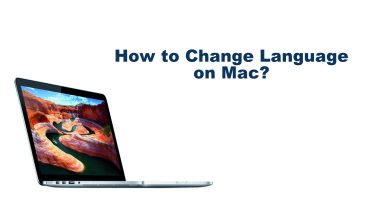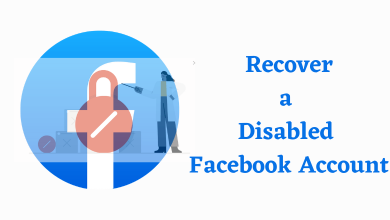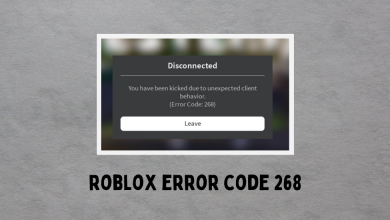Connecting iPhone to your Macbook will enable you to transfer pictures, contacts, videos, and much more between two devices. If you’re an Apple user, you must know the different ways to connect iPhone with the Mac. You can connect both devices using iCloud, USB, Bluetooth, Continuity, and WiFi. Let’s discuss all those possible methods in detail.
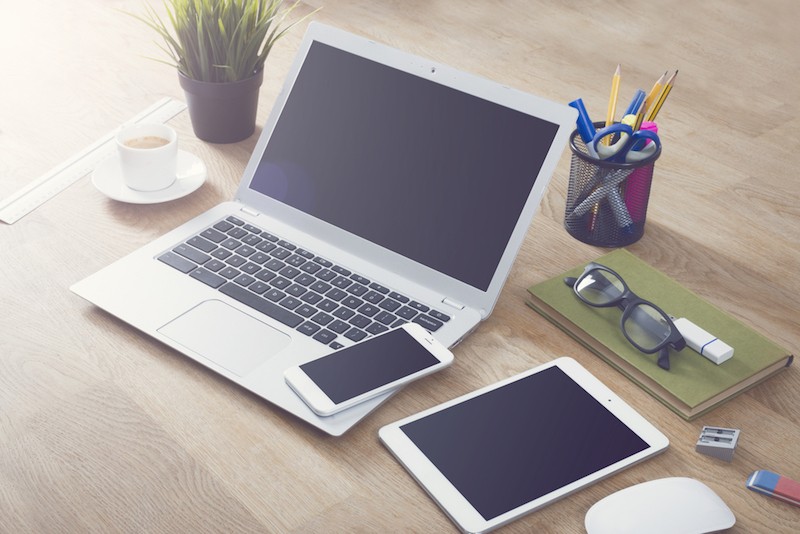
To connect iPhone and Mac, they must run on
- iPhone – iOS 11 & later
- Mac – macOS 10.13 & later
Note – If you want to share files between the two devices effortlessly, make use of the Airdrop feature.
Contents
How to Connect iPhone to Mac via iCloud
One of the easiest ways to connect the iPhone to Mac wirelessly is by using iCloud. By signing in to the same iCloud account on both devices, you can sync various data, including contacts, calendars, podcasts, photos, music, email, safari browsing history, usernames, passwords, and more.
By default, Apple offers only 5 GB of free cloud storage. You can get more storage by visiting the Apple site.
- On iPhone: Go to Settings >> Tap your name >> Select iCloud and sign in with your Apple ID and Password.
- On Mac: Click Apple logo >> select System preferences >> click iCloud >> sign in with your Apple ID and Password.
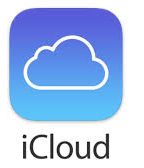
How to Connect iPhone to Mac via Cable
If you thought iCloud storage is too low or not able to purchase extra iCloud storage, then using the USB cable (provided with your iPhone) is the best way to sync data between two devices.
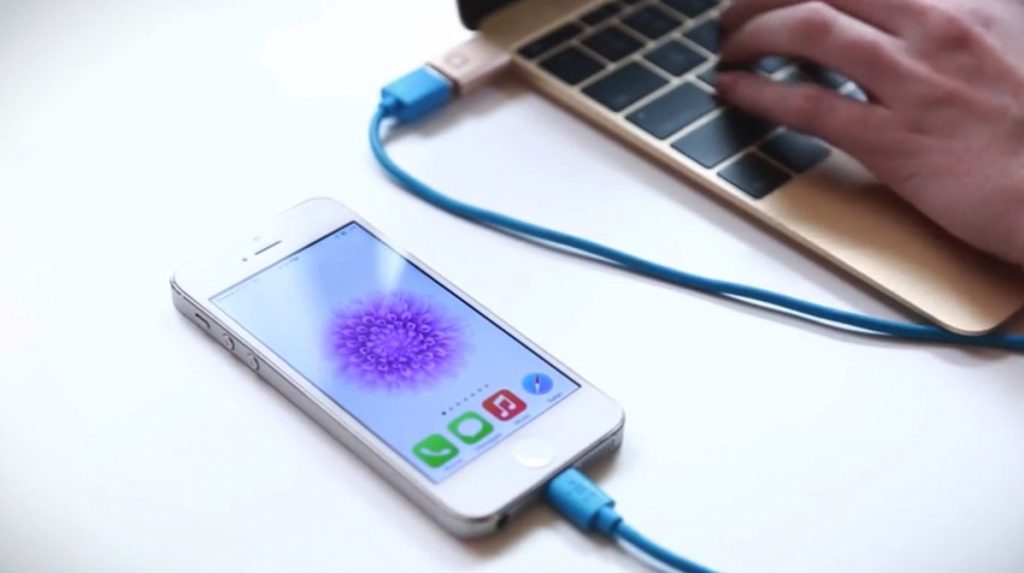
- Connect one end of the USB-C cable to your iPhone and the other end to Mac’s USB port.
- Launch the Finder and look for your device on the left pane.
- Now, transfer data between two devices.
How to Connect iPhone to Mac via Bluetooth
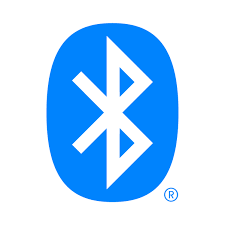
Bluetooth is another reliable and old technology that you can also use to connect the two devices.
1. Turn on Bluetooth on Mac and iPhone.
2. Click the Bluetooth icon on the top right corner of the Mac screen.
3. Nearby Bluetooth devices will appear on the list.
4. Select your iPhone to connect with it.
How to Connect iPhone to Mac via Bluetooth via Continuity
Continuity is an advanced feature that you can access on Mac to do the things you can do on iPhone and vice versa. For example:
- Attend iPhone calls on Mac.
- Start writing an email on Mac and send it from your iPhone.
- Copy a text/image on iPhone and paste it on the Mac.
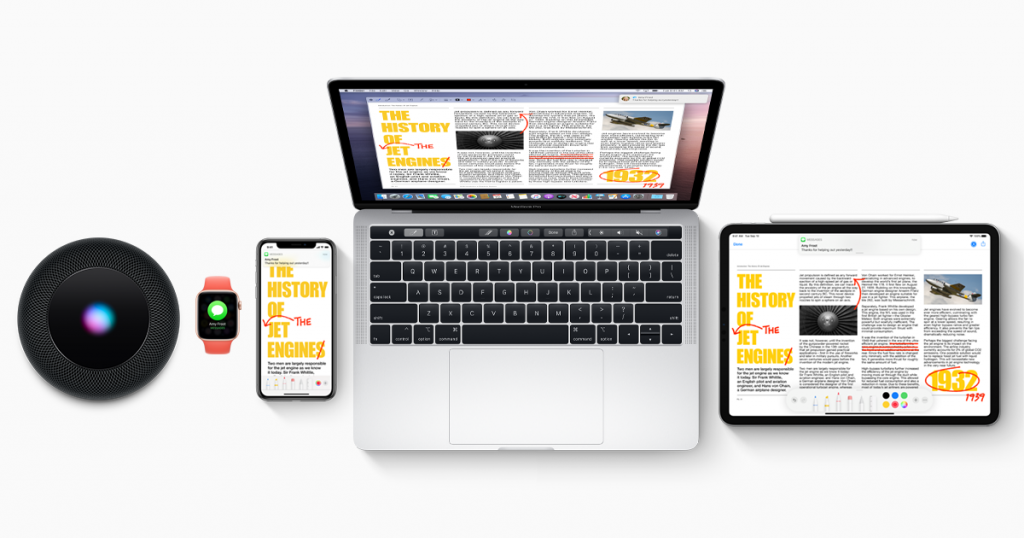
1. Connect both the devices to the same network and ensure they are signed in with the same iCloud account.
2. Turn on Bluetooth on iPhone and Mac.
3. On Mac, enable Handoff by navigating to System Preferences >> General >> Allow Handoff between this Mac and your iCloud devices.
4. On iPhone, enable Handoff by navigating to Settings >> General >> enable Handoff.
How to Connect iPhone to Mac via Bluetooth via WiFi
It is another Wireless method used to sync data between Mac and iPhone. However, the first time synchronization needs the help of USB-C cable.
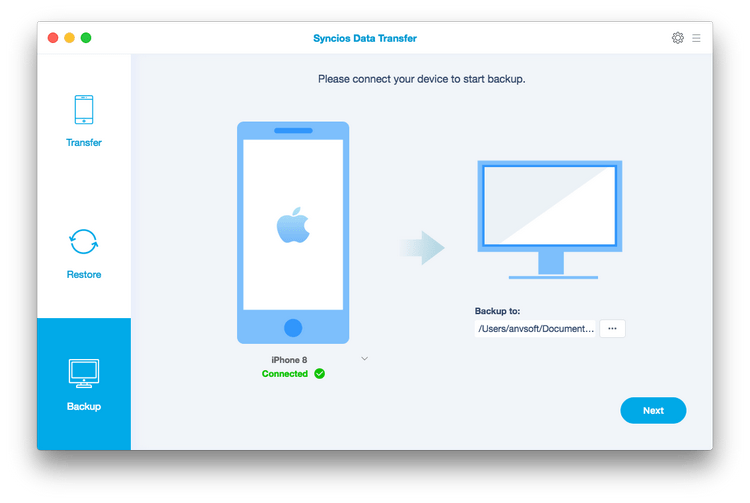
- Connect the both devices with USB-C cable.
- Both the devices must be on same WiFi network.
- Launch the iTunes >> go to Summary Tab and then check the box stating “Sync with this iPhone over WiFi.”
- Disconnect the iPhone from the Mac and connect it to the charger.
- iTunes on iPhone will detect your iPhone automatically.
How to Connect iPhone to Mac Messages
Instead of iPhone, you can also use Mac to send and receive iMessages. Just launch the Messages app and sign-in with your Apple ID & password for iMessages.
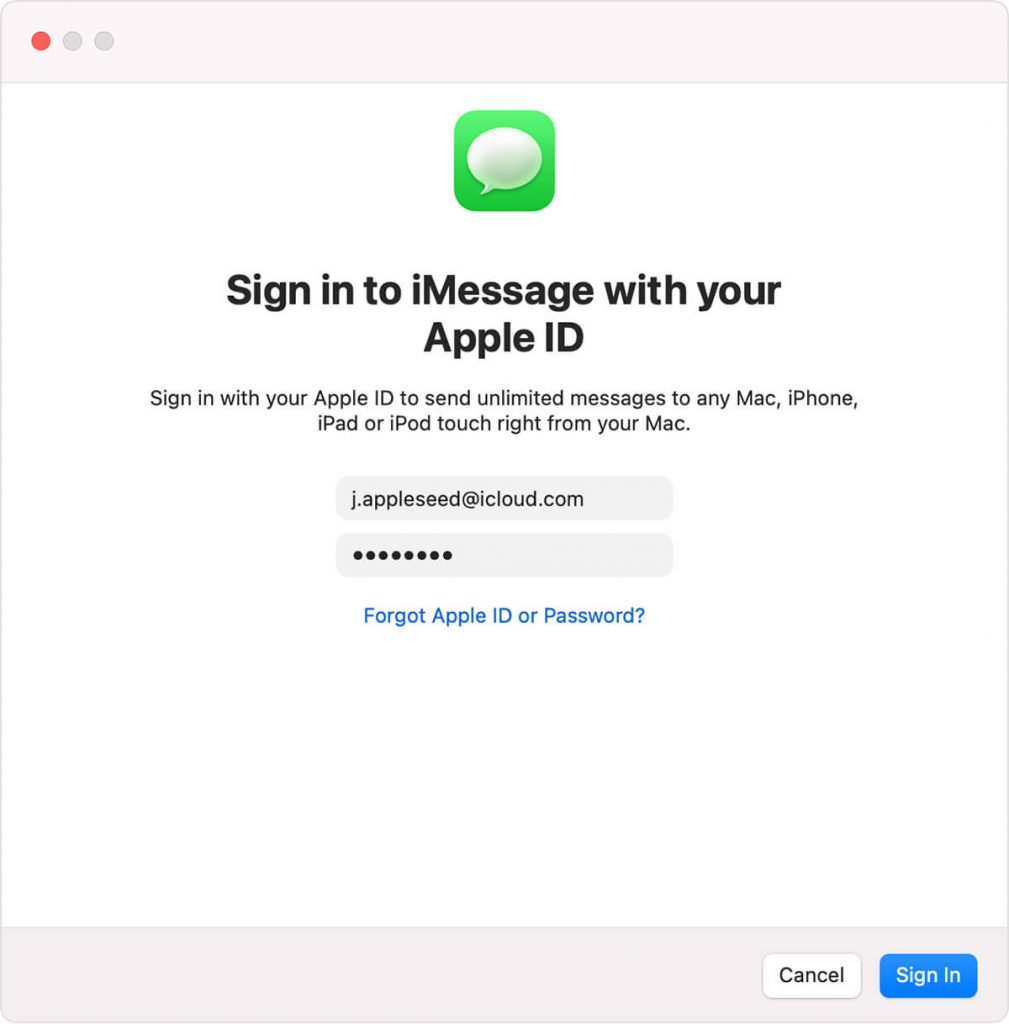
Simultaneously, if you have subscribed for Apple Music, you can use the same login details on Mac’s Music app to sync the songs and playlists.
Still finding difficulties or having any suggestions, write to us in the comment section. Do keep in touch with us by following our Facebook and Twitter.
